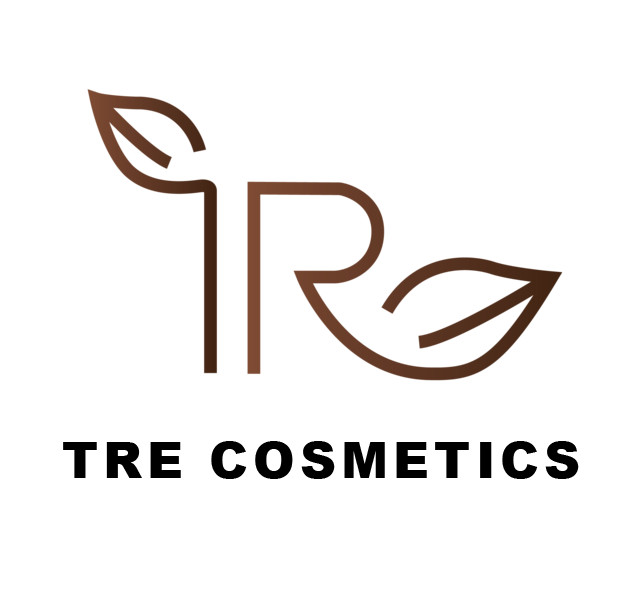GIỎ HÀNG TRỐNG :( .
Kiến Thức Làm Đẹp
The fundamentals of DNA Purification
DNA purification is a essential step in any kind of molecular biology experiment. It takes out contaminants and allows the sample to be analyzed by various techniques which includes agarose teeth whitening gel electrophoresis and Southern blot.
The first step in DNA purification is normally lysis, which involves breaking open up the skin cells to release the DNA (cell lysis). This could be done by artificial means or enzymatically. Following lysis, proteins and other contaminants must be taken off the DNA by anticipation. This is usually accomplished by adding a precipitating agent (ethanol or isopropanol) for the DNA method. The DNA will web form a pellet at the bottom with the tube, while the remaining solution is discarded. The GENETICS can then be ethanol brought on again and resuspended in buffer for use in downstream experiments.
There are several different methods for GENETICS purification, ranging from the traditional organic and natural extractions using phenol-chloroform to column-based business kits. Some of these kits employ chaotropic debris to denature the DNA and let it to bind to silica columns, while different kits elute the DNA in nuclease-free water following stringent washing steps to remove impurities.
The GENETICS that has been filtered can be used in many different applications, just like ligation and transformation, in vitro transcription, PCR, limit enzyme digestive function, fluorescent and radioactive sequencing, and microinjection. The caliber of the https://mpsciences.com/ DNA may be quantified by cutting the DNA using a restriction enzyme, running this on an agarose gel and staining with ethidium bromide or a GENETICS marker.


